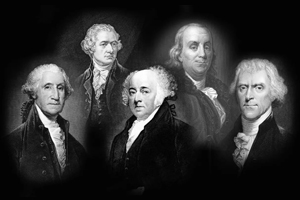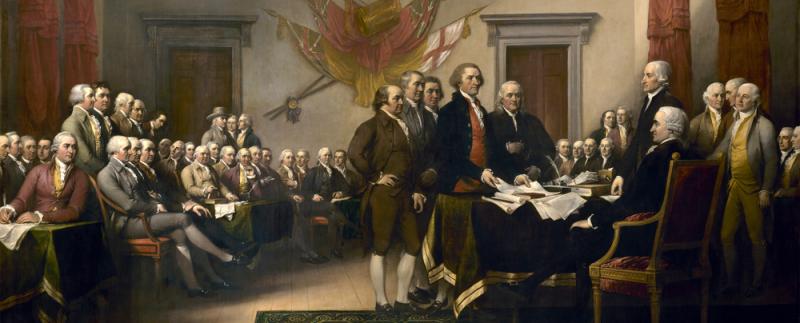
The history of United States political parties dates back to the late 18th century, when the first political factions emerged following the country's independence from Great Britain. Over the centuries, political parties in the United States have undergone significant evolution, with new parties emerging and old parties fading away, in response to changes in American society and political discourse.
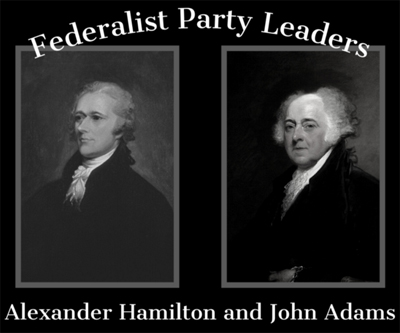 The first two major political parties in the United States were the Federalist Party and the Democratic-Republican Party. The Federalist Party, founded by Alexander Hamilton, James Madison, and John Adams, was a party of strong federal government, high tariffs, and support for national infrastructure projects. The Democratic-Republican Party, founded by Thomas Jefferson and James Madison, was a party of limited government, low tariffs, and support for states' rights and individual liberty.
The first two major political parties in the United States were the Federalist Party and the Democratic-Republican Party. The Federalist Party, founded by Alexander Hamilton, James Madison, and John Adams, was a party of strong federal government, high tariffs, and support for national infrastructure projects. The Democratic-Republican Party, founded by Thomas Jefferson and James Madison, was a party of limited government, low tariffs, and support for states' rights and individual liberty.
In the 1820s and 1830s, the Federalist Party faded away and the Democratic-Republican Party split into two new parties: the Democratic Party and the Whig Party. The Democratic Party, led by Andrew Jackson, became the first national political party to mobilize mass support and was characterized by its commitment to individual freedom, states' rights, and democratic ideals. The Whig Party, on the other hand, was a party of business interests, and advocated for a strong federal government, national infrastructure projects, and economic growth.
In the mid-19th century, the Whig Party dissolved and a new party, the Republican Party, was formed in response to the issue of slavery. The Republican Party, led by Abraham Lincoln, was founded on the principles of opposition to slavery and support for the Union during the Civil War. After the Civil War, the Republican Party became the dominant party in the country, and was characterized by its commitment to economic growth, industrialization, and support for business interests.
In the late 19th century and early 20th century, the Democratic Party underwent significant changes as it became more supportive of progressive reforms, such as women's suffrage and environmental protection. The Republican Party, on the other hand, became more conservative, opposing progressive reforms and advocating for individual freedom and states' rights.
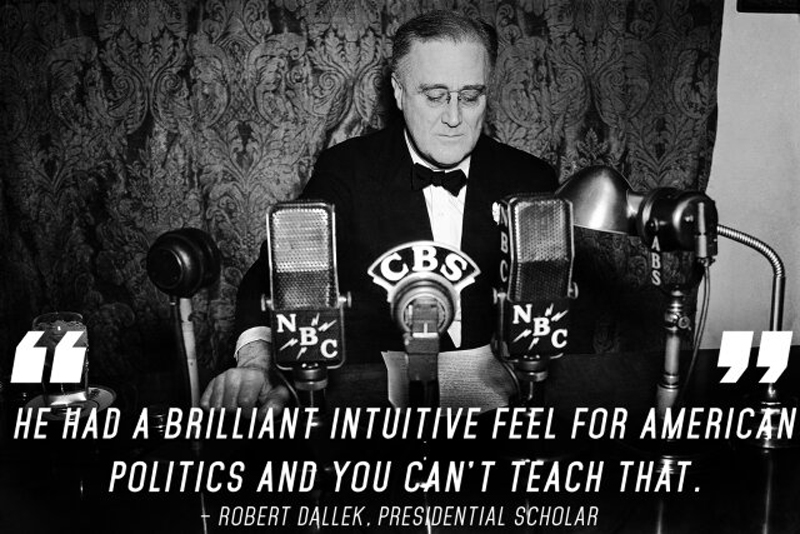
In the 1930s, the Great Depression and the New Deal policies of President Franklin D. Roosevelt led to the creation of a new political coalition, with the Democratic Party becoming the dominant party in the country. The Democratic Party became known for its commitment to the welfare state, labor rights, and support for the working class. The Republican Party, on the other hand, became more conservative and focused on individual freedom, free markets, and opposition to big government.
In the 1960s and 1970s, a new political movement emerged in response to the civil rights movement and the Vietnam War. This movement was characterized by its support for progressive reforms and opposition to the political establishment. In response, both the Democratic and Republican parties underwent significant changes, with the Democratic Party becoming more liberal and supportive of progressive reforms, and the Republican Party becoming more conservative and supportive of individual freedom and free markets.
In the 1980s and 1990s, the Republican Party became the dominant party in the country, under the leadership of Presidents Ronald Reagan and George H.W. Bush. The Republican Party was characterized by its commitment to conservative policies, such as lower taxes, limited government, and support for business interests. The Democratic Party, on the other hand, became more moderate, focusing on issues such as health care and education.
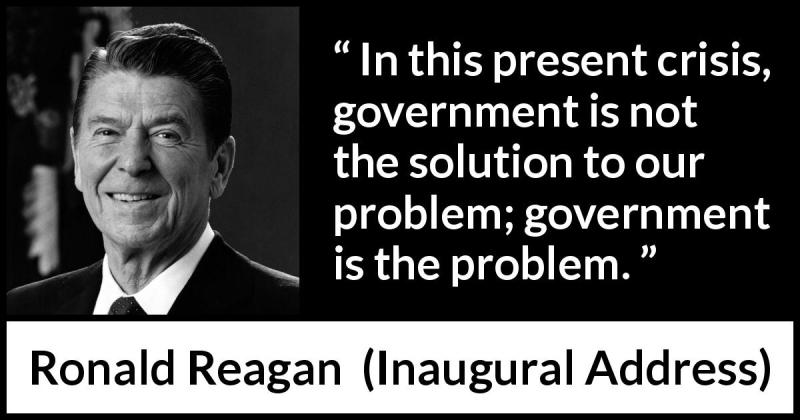
In recent years, both parties have become increasingly polarized, with the political divide between Democrats and Republicans growing wider. This has led to gridlock in government and a lack of action on major national issues such as healthcare, immigration, and climate change.
In the early 21st century, a new political movement emerged in the form of the Tea Party, which was characterized by its opposition to government spending and support for limited government and individual freedom. The Tea Party movement had a significant impact on the Republican Party, causing it to shift further to the right and adopt more conservative policies.
In the aftermath of the 2008 financial crisis, a new political movement emerged in the form of the progressive, populist, and anti-establishment movement represented by Senator Bernie Sanders. This movement has called for a more progressive and populist approach to politics, advocating for policies such as single-payer healthcare, free college education, and a higher minimum wage.
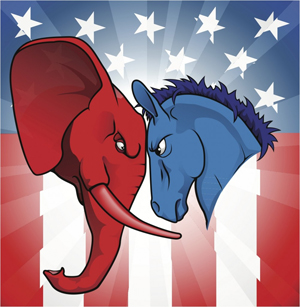 In recent years, there has also been a growing movement towards third-party politics, with voters becoming increasingly dissatisfied with the two-party system. The Libertarian Party and the Green Party are two examples of third parties that have gained support in recent years, although they have yet to gain significant political power.
In recent years, there has also been a growing movement towards third-party politics, with voters becoming increasingly dissatisfied with the two-party system. The Libertarian Party and the Green Party are two examples of third parties that have gained support in recent years, although they have yet to gain significant political power.
In conclusion, the history of United States political parties is a story of evolution and change, as parties have responded to changes in American society and political discourse. Today, the country remains divided along political lines, with the Democratic and Republican parties occupying opposite ends of the political spectrum, and with growing dissatisfaction with the two-party system and a growing movement towards third-party politics.



